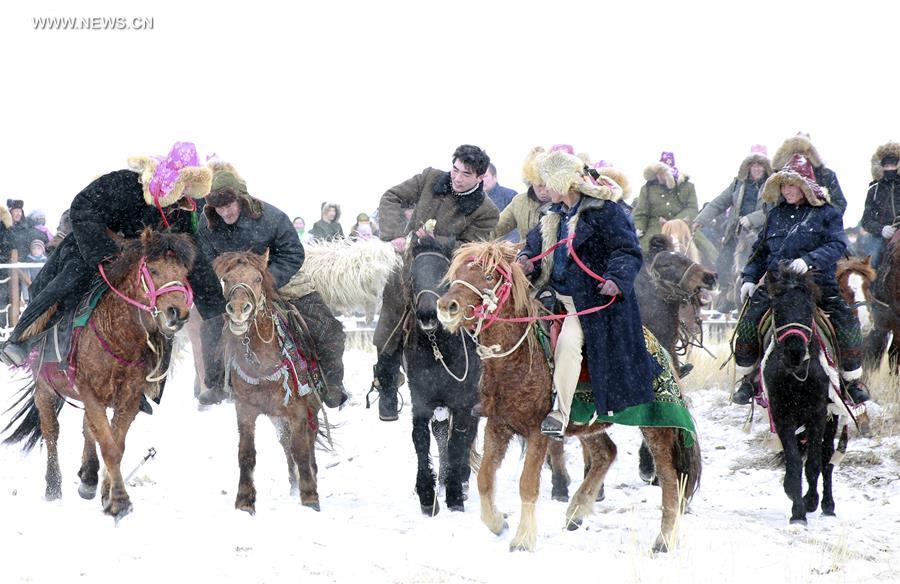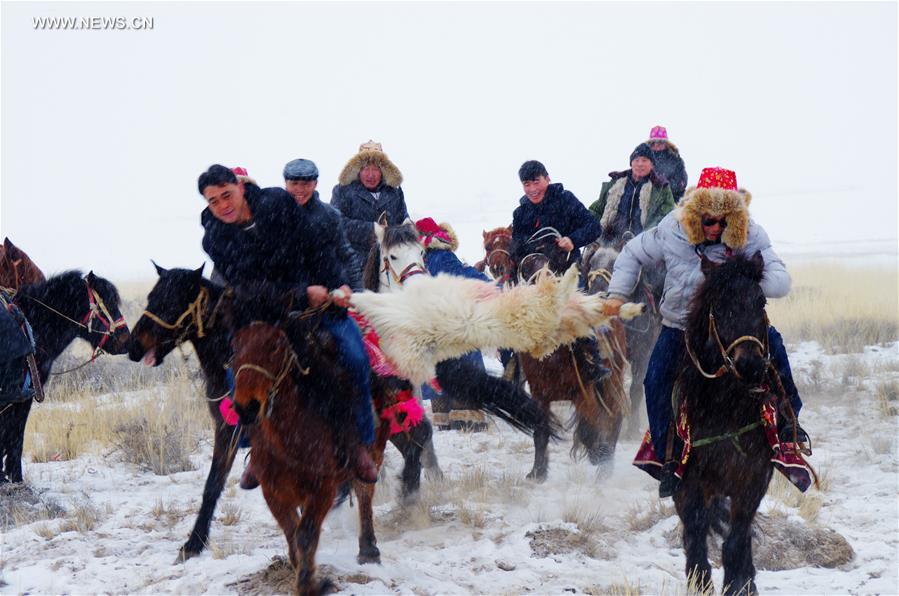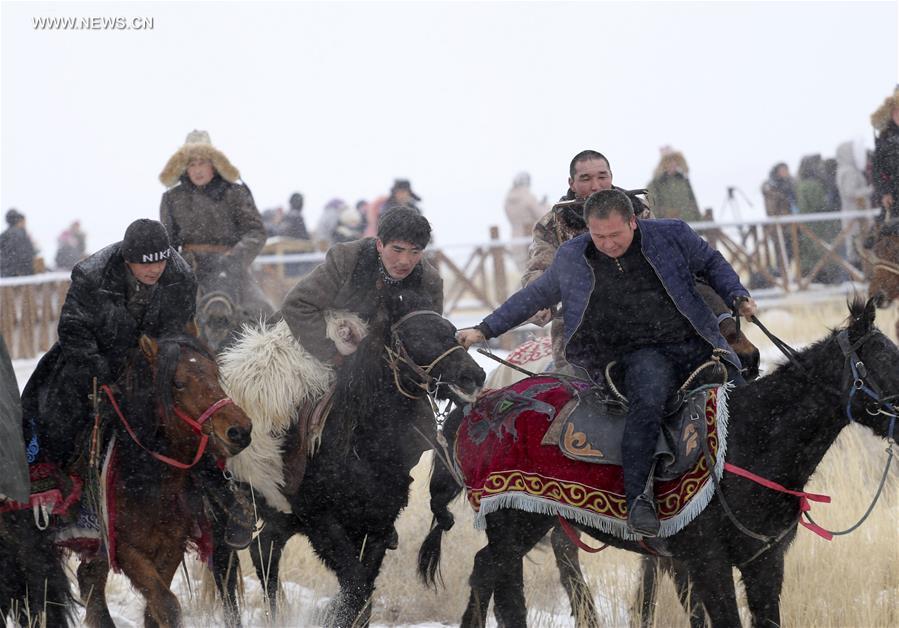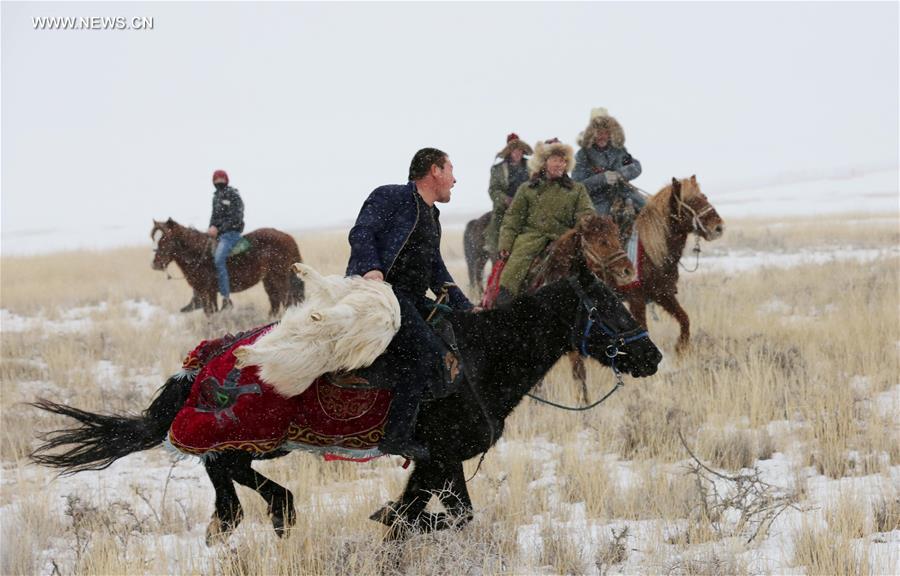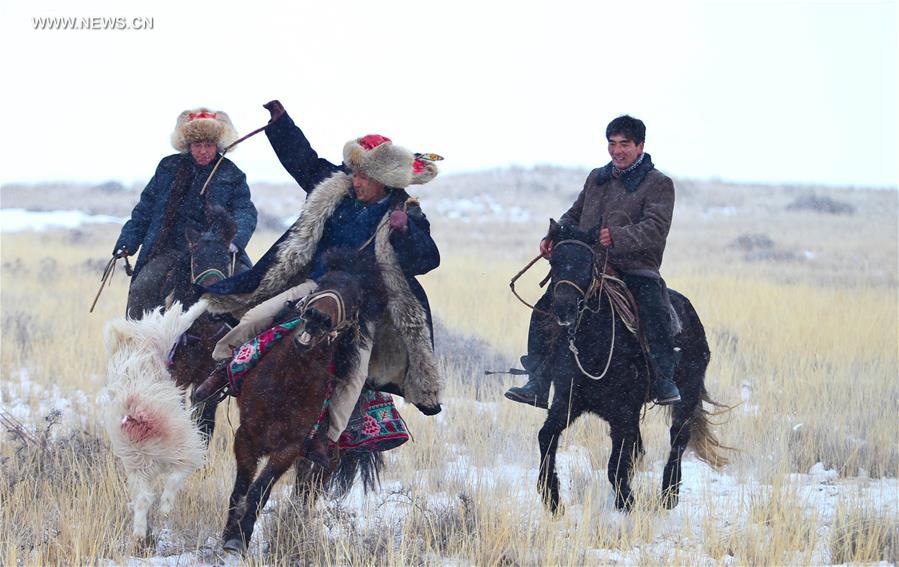ahojunk
RETIRED INTL MOD

- Joined
- Nov 17, 2014
- Messages
- 5,118
- Reaction score
- 6
- Country
- Location
Xinjiang sees robust textile, garment exports
2016-12-18 10:22 | Xinhua | Editor: Mo Hong'e
Textile and garment exports in northwest China's Xinjiang saw robust growth in the first 10 months this year, boosted by the Belt and Road Initiative, local customs authorities have said.
Exports of textiles and garments from Xinjiang reached 43 billion yuan (6.2 billion U.S. dollars) during the Jan.-Oct. period, up 49 percent from the same period last year, according to the customs of Urumqi, capital of Xinjiang Uygur Autonomous Region.
Kazakhstan and Kyrgyzstan are two major markets for Xinjiang's textile products, and exports to Russia also saw rapid growth.
Xinjiang, as a major cotton producer, accounted for more than 60 percent of the country's total cotton output last year. The region has made it a priority to develop the industry with preferential policies. It has attracted investment from eastern coastal regions to set up factories in Xinjiang.
2016-12-18 10:22 | Xinhua | Editor: Mo Hong'e
Textile and garment exports in northwest China's Xinjiang saw robust growth in the first 10 months this year, boosted by the Belt and Road Initiative, local customs authorities have said.
Exports of textiles and garments from Xinjiang reached 43 billion yuan (6.2 billion U.S. dollars) during the Jan.-Oct. period, up 49 percent from the same period last year, according to the customs of Urumqi, capital of Xinjiang Uygur Autonomous Region.
Kazakhstan and Kyrgyzstan are two major markets for Xinjiang's textile products, and exports to Russia also saw rapid growth.
Xinjiang, as a major cotton producer, accounted for more than 60 percent of the country's total cotton output last year. The region has made it a priority to develop the industry with preferential policies. It has attracted investment from eastern coastal regions to set up factories in Xinjiang.



